A foldable that folds without a gap.
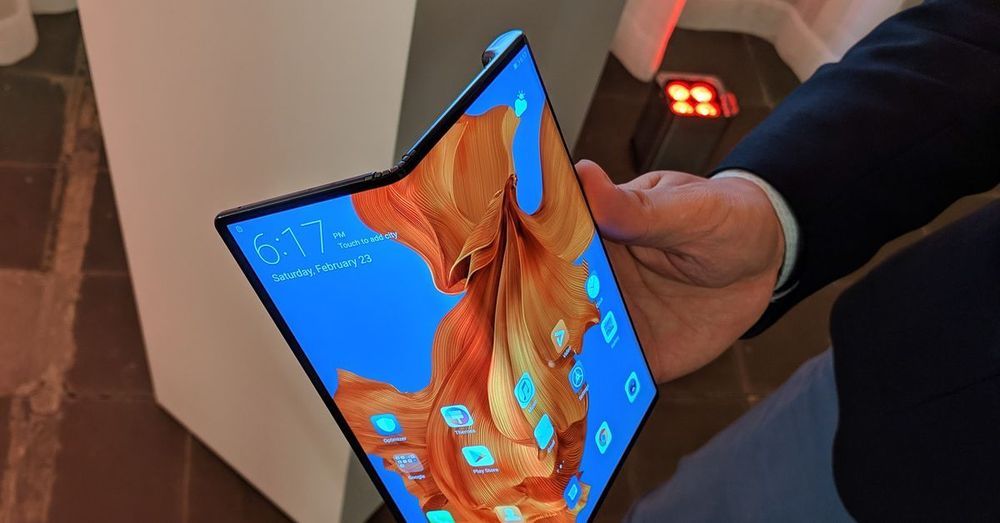

Glass lenses, used in everything from smartphone cameras to microscopes, are bulky, heavy, and expensive. Now, a team of U.S. researchers has created high-power lenses from thin, flat arrays of nanosized towers of titanium dioxide that are thinner than a sheet of paper. The novel lenses are made from so-called metamaterials, engineered to control the way in which light waves interact (above). In this case, they are able to focus light across the visible spectrum. The setup allows them to magnify images up to 170 times with high resolution, as good as conventional state-of-the-art optics, the researchers report today in. The new lenses also have the potential to be fabricated—at much lower cost—with standard computer chip–making techniques. As a result, devices such as phones, tablets, and microscopes may soon be built with smaller, and cheaper, metalenses.
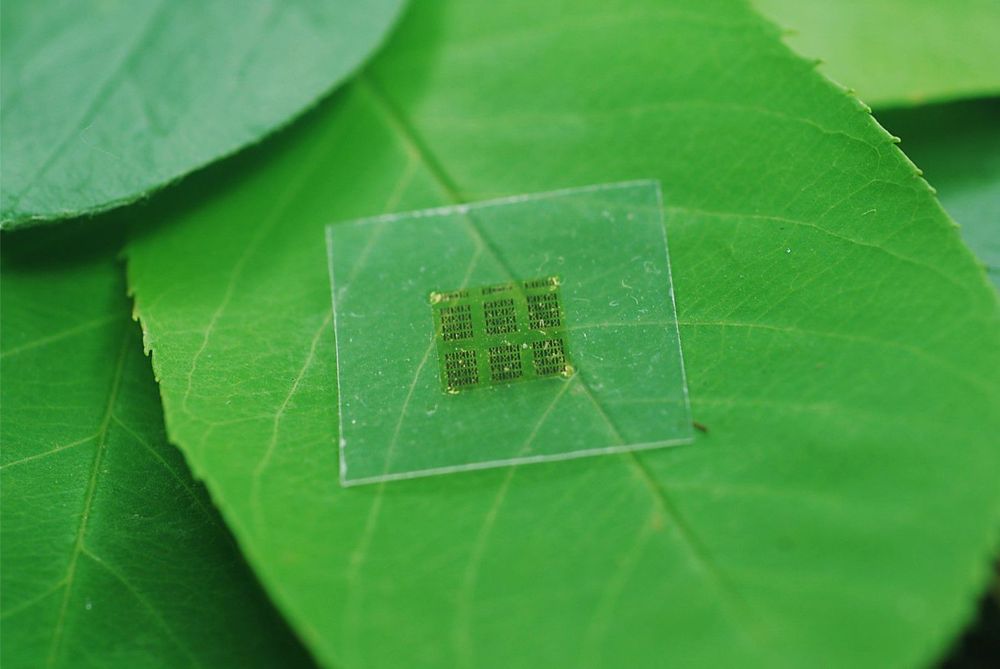
Samsung’s first foldable phone costs $1,980 and goes on sale April 26. Here is the announcement at the company’s event in San Francisco.
Samsung’s foldable phone is here!
CNET playlists: https://www.youtube.com/user/CNETTV/playlists
Download the new CNET app: https://cnet.app.link/GWuXq8ExzG
Like us on Facebook: https://www.facebook.com/cnet
Follow us on Twitter: https://www.twitter.com/cnet
Follow us on Instagram: http://bit.ly/2icCYYm
Korean tech giant Samsung officially announced its take on the growing foldable smartphone trend at its Galaxy Unpacked event today in San Francisco: the Samsung Galaxy Fold. The device will go on sale for $1,980 on April 26.
We first got a glimpse of the device in November, but the brand has likely been working on the concept for almost half a decade.
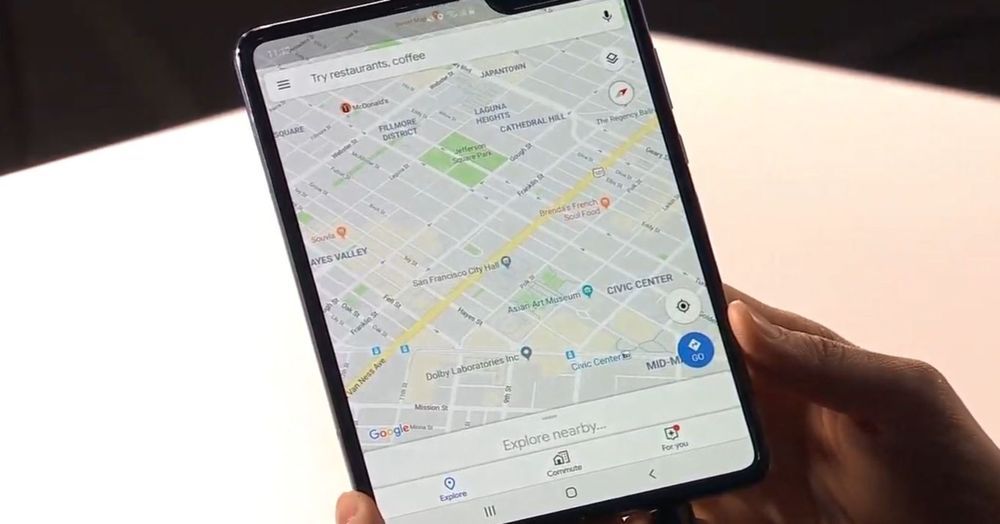
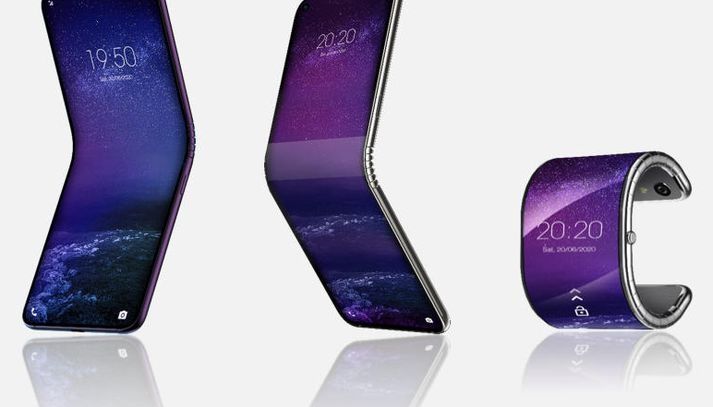
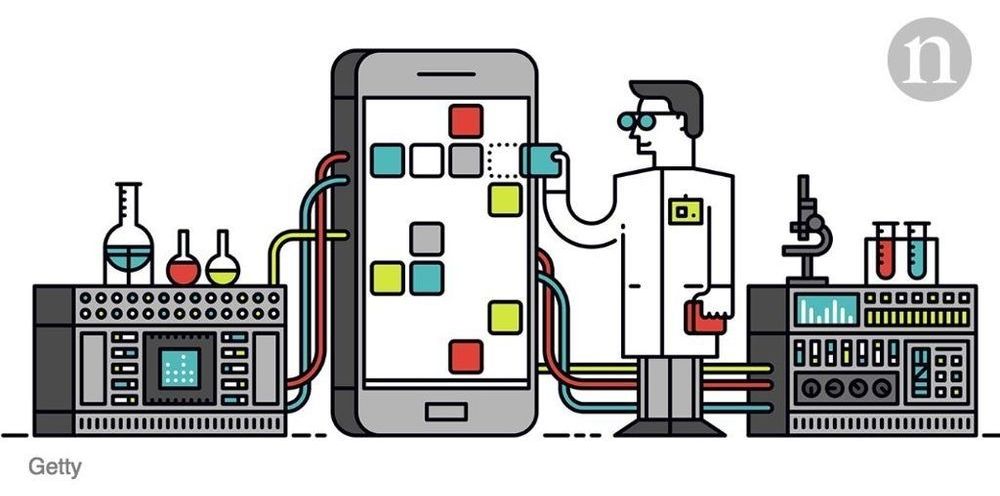
Taking regular breaks to refresh the mind is important during tough working days. Although surfing the web and swiping your phone to check updates on social media might be frowned upon, it could be more productive than you think.
The popularity of social media has exploded since Twitter launched just over a decade ago, and the platform has distinguished itself as the place to disseminate tightly packed information with immediacy. Academics have jumped on the bandwagon for a range of practical purposes.
The social-media platform is often a tool for procrastination, says Jet-Sing M. Lee. But what else can it be? The social-media platform is often a tool for procrastination, says Jet-Sing M. Lee. But what else can it be?
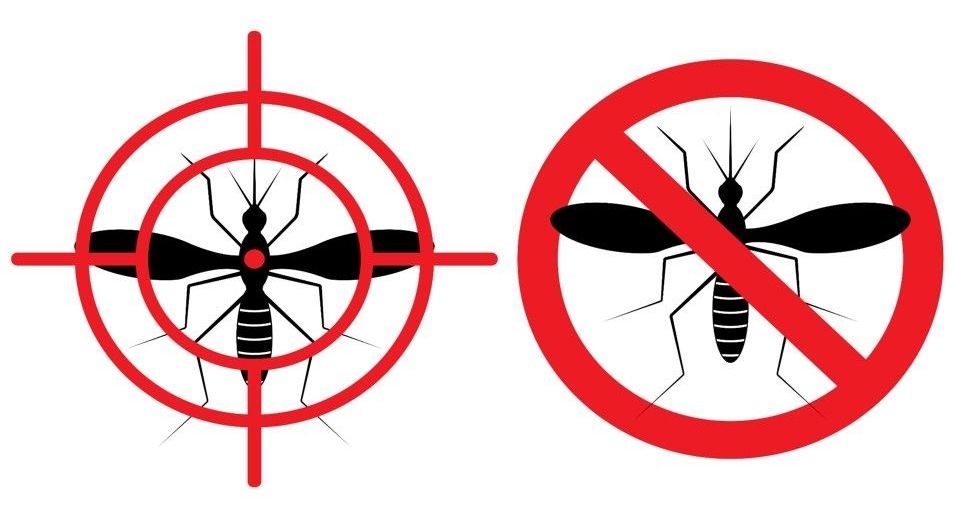
Ah, warm weather. It’s time for t-shirts, backyard barbecues, pool parties, and madly swatting at mosquitoes as the biting insects come out from hiding to make our outdoor experiences miserable.
There are some traditional ways of fighting off the flying pests. You can slather on insect-repellent sprays and lotions, light citronella candles, or just keep smacking the bugs when they land on you. Or you can try out some newer methods, including interesting gadgets that take on the problem.
You may even have heard about smartphone apps that are designed to deter mosquitoes, but there’s something you need to know about those.
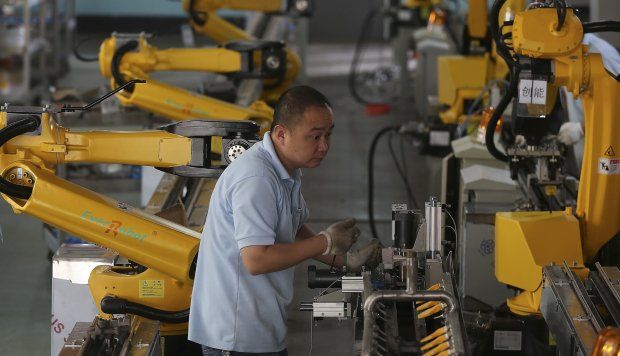
As part of its effort to upgrade its manufacturing sector, the Chinese government started a campaign in 2014 with the overall aim gradually replace manual labour with robots, with the heavily industrialised provinces of Jiangsu, Zhejiang, and Guangdong among those introducing the new technology on a massive scale.
Companies, including iPhone manufacturer Foxconn, are turning to robots with around 100 million workers in China’s manufacturing industry under threat.